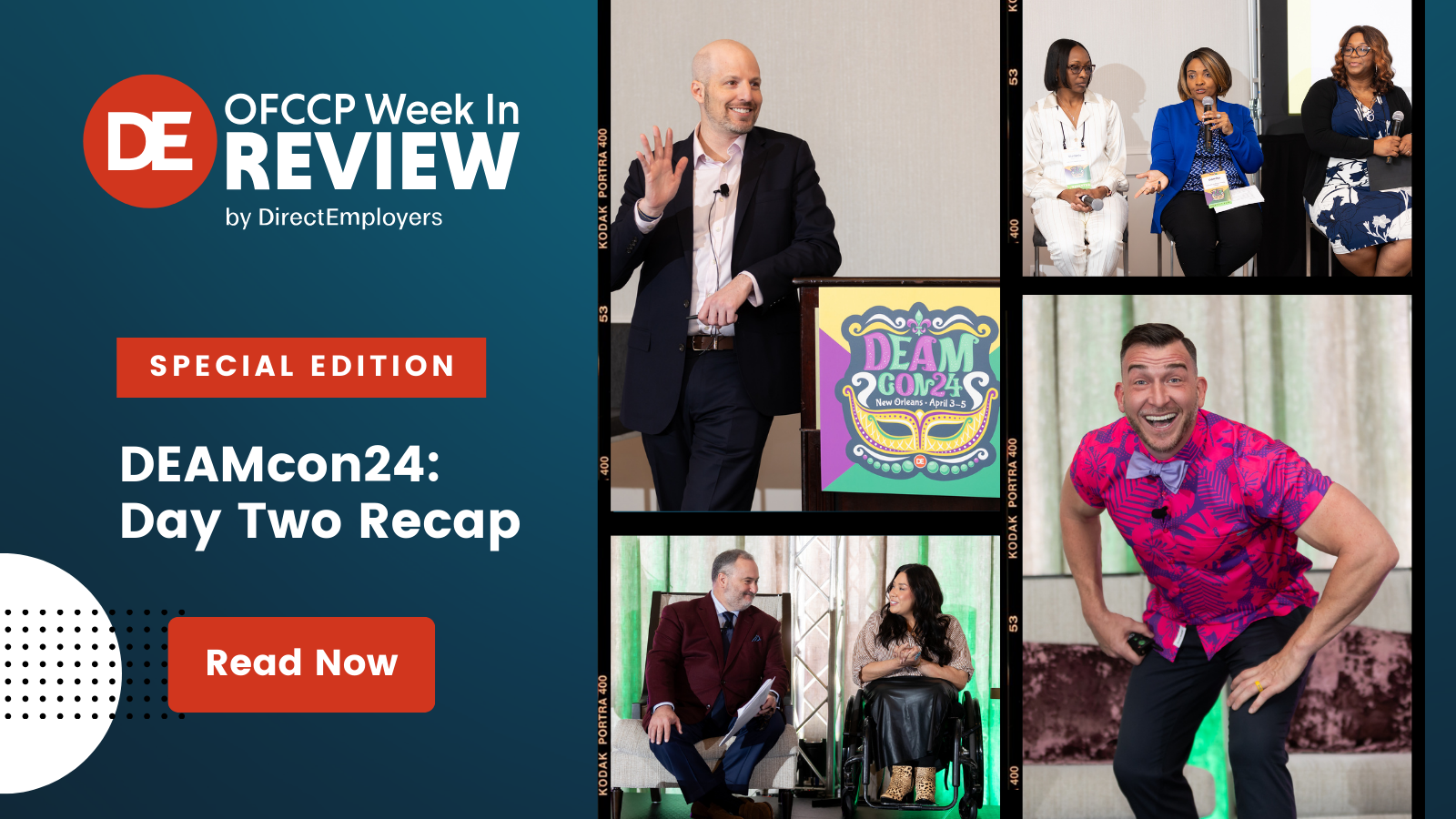
- Federal Trade Commission Poised to Issue Final Rule to Prevent Most Worker Non-Compete Agreements
- Title VII Prohibits Discriminatory Job Transfers Even Without Significant Harm, U.S. Supreme Court Unanimously Ruled
- Acting Labor Secretary Su’s Testimony Before House Subcommittee on USDOL FY 2025 Budget Largely Uneventful
- US EEOC Officially Published Controversial Final Regulations to Implement the Pregnant Workers Fairness Act
- In Brief
- Looking Ahead: Upcoming Date Reminders
The DEAMcon24 Day Two Recap is Live!
In addition to today’s OFCCP Week in Review, our authors have also published the final of three special edition blog posts to recap DirectEmployers 2024 Annual Meeting & Conference (DEAMcon24) which took place April 3rd-5th in New Orleans, Louisiana. Be sure to check out our Day Two Recap for important details from each session that took place during the conference!
Tuesday, April 16, 2024: Federal Trade Commission Poised to Issue Final Rule to Prevent Most Worker Non-Compete Agreements
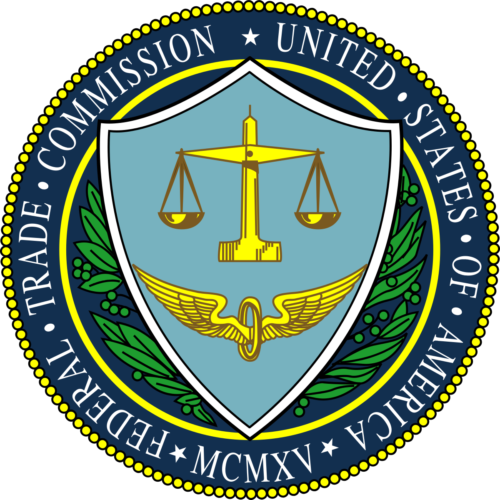
“At the start of the meeting, the Commission will vote on whether to authorize public disclosure of the proposed final rule that is under consideration. Then, Chair Khan will offer brief remarks. Next, if the Commission votes to authorize public disclosure of the final rule under consideration, the Office of Policy Planning will give a staff presentation on the final noncompete rule under consideration. Finally, the Commission will vote on whether to issue the final rule.”
This event will be recorded, and the webcast and any related comments will be available on the Commission’s website after the meeting.
How We Got Here
In January 2023, the FTC published a Proposed Rule that would: (1) prohibit employers (nationwide) from using NCA clauses in their contracts with employees, (in addition to “independent contractors” and “volunteers”), and (2) require employers to rescind existing NCAs and actively inform workers that they are no longer in effect. The proposal would also make it illegal for an employer to represent to a worker that the worker is subject to an NCA where the employer lacks a good faith basis to believe that the worker is subject to an enforceable non-compete clause. Moreover, the proposed Rule would preempt all state laws providing lesser protections. The public comment period for the proposal closed on April 19, 2023. While the Regulations.gov website shows approximately 21,112 comments submitted, the FTC reported in Tuesday’s announcement that it received more than 26,000 comments.
When the FTC first published its proposal in January, 2023 we discussed its provisions here. See also our related content here, here, here, and here.
The Fall 2023 Regulatory Agenda did not include a target date for the FTC’s Final Rule. Instead, it indicated that the FTC staff was, as of December 2023, still reviewing public comments and conducting a policy analysis.
Wednesday, April 17, 2024: Title VII Prohibits Discriminatory Job Transfers Even Without Significant Harm, U.S. Supreme Court Unanimously Ruled
DE&I Preferential Race- and Sex-Based Transfers Now at Greater Legal Risk
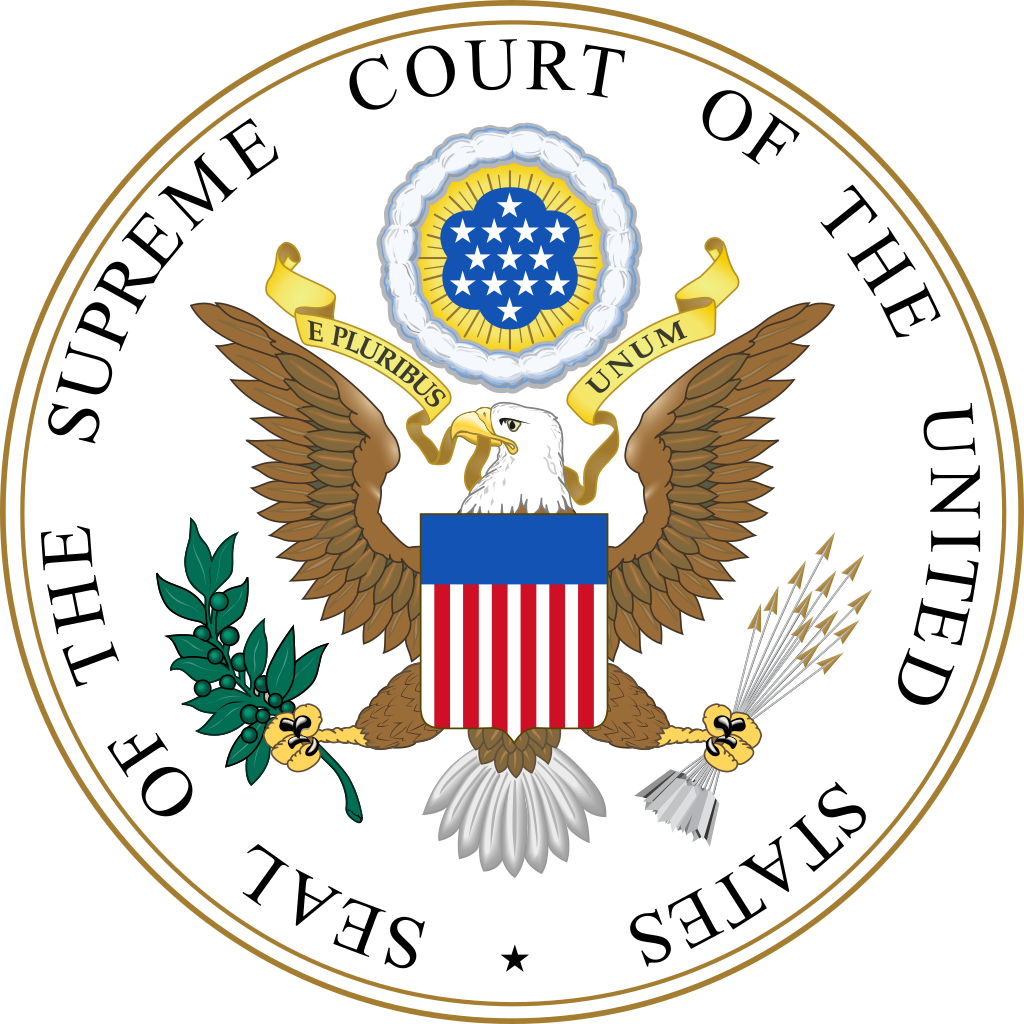
Lower Court Required “Materially Significant Disadvantage”
While the officer’s rank and pay remained the same in the new position, her responsibilities, perks, and work schedule did not. The text of Title VII makes it unlawful for an employer “to fail or refuse to hire or to discharge any individual, or otherwise to discriminate against any individual with respect to his compensation, terms, conditions, or privileges of employment, because of such individual’s race, color, religion, sex, or national origin.” §2000e–2(a)(1).
Both sides agreed that her transfer adversely affected the “terms” and “conditions” of her employment. Nevertheless, the Eighth Circuit Court of Appeals affirmed a lower court’s dismissal of the case ruling that the officer had to – but could not – show that the transfer caused her a “materially significant disadvantage.” She did not suffer a materially significant disadvantage because the transfer “did not result in a diminution to her title, salary, or benefits” and had caused “only minor changes in working conditions,” the Eighth Circuit held.
SCOTUS Majority Opinion Applied “Some Harm” Standard
Justice Elena Kagan wrote the High Court’s majority opinion, joined by Chief Justice John Roberts and Justices Sonia Sotomayor, Neil Gorsuch, Amy Coney Barrett, and Ketanji Brown Jackson. The Eighth Circuit applied the wrong standard, Justice Kagan wrote, stating that “Title VII’s text nowhere establishes that high bar.” The “terms [or] conditions” phrase is not used in the narrow contractual sense, but rather covers more than the “economic or tangible,” she stated. “Still, the phrase circumscribes the injuries that can give rise to a suit like this one. To make out a Title VII discrimination claim, a transferee must show some harm respecting an identifiable term or condition of employment,” Justice Kagan clarified.
She elaborated:
“What the transferee does not have to show, according to the relevant text, is that the harm incurred was ‘significant’ or serious, or substantial, or any similar adjective suggesting that the disadvantage to the employee must exceed a heightened bar. ‘Discriminate against’ means treat worse, here based on sex. But neither that phrase nor any other says anything about how much worse. There is nothing in the provision to distinguish, as the courts below did, between transfers causing significant disadvantages and transfers causing not-so-significant ones. And there is nothing to otherwise establish an elevated threshold of harm. To demand ‘significance’ is to add words—and significant words, as it were—to the statute Congress enacted. It is to impose a new requirement on a Title VII claimant, so that the law as applied demands something more of her than the law as written.” [citations omitted]
Applying the Court’s newly articulated standard to the case at hand, Justice Kagan explained:
“[The officer] need show only some injury respecting her employment terms or conditions. The transfer must have left her worse off, but need not have left her significantly so. And [her] allegations, if properly preserved and supported, meet that test with room to spare. Recall her principal allegations. She was moved from a plainclothes job in a prestigious specialized division giving her substantial responsibility over priority investigations and frequent opportunity to work with police commanders. She was moved to a uniformed job supervising one district’s patrol officers, in which she was less involved in high-visibility matters and primarily performed administrative work. Her schedule became less regular, often requiring her to work weekends; and she lost her take-home car. If those allegations are proved, she was left worse off several times over. It does not matter, as the courts below thought […], that her rank and pay remained the same, or that she still could advance to other jobs. Title VII prohibits making a transfer, based on sex, with the consequences [the officer] described.”
Concurring Opinions
Justice Clarence Thomas, joined by Justice Samuel Alito, wrote a concurring opinion stating that the majority mischaracterized the holdings in some of the lower federal court decisions mentioned.
Justice Alito also wrote his own concurrence, calling the majority opinion “unhelpful” because the standard set forth was, in his view, too vague. “I see little if any substantive difference between the terminology the Court approves and the terminology it doesn’t like,” he wrote.
In his concurrence, Justice Brett Kavanaugh stated that he would go a step further than the majority, disagreeing with “the Court’s new some-harm requirement.”
“[T]he text of Title VII does not require a separate showing of some harm. The discrimination is harm. The only question then is whether the relevant employment action changes the compensation, terms, conditions, or privileges of employment. A transfer does so,” he wrote.
DE&I Programs Relying on Race- and/or Sex-based Preferential Transfers Now at Risk
Some DE&I advocates were torn by the SCOTUS’ decision. On the one hand, they applauded the expansive reading of Title VII to reduce a covered employer’s ability to enforce discriminatory transfers. On the other hand, though, they worried that if a broader array of transfers were subjected to Title VII’s prohibitions on discriminatory decision-making, that DE&I-inspired upward mobility transfer programs preferentially benefitting minorities and women would now have to be curtailed as unlawful. Said another way, the larger the footprint of Title VII’s reach, the range of discretionary decision-making left to management is correspondingly smaller.
Upcoming DE Masterclass
On Thursday, April 25, from 2:00 pm – 3:00 pm ET, DirectEmployers will conduct a one-hour Masterclass Roundtable covering this decision. DE’s Executive Director Candee Chambers will host a conversation with David J. Goldstein, Esq. a partner at Littler Mendelson, and John C. Fox, Esq, a partner with Fox, Wang & Morgan, to discuss the changing law regarding (1) which “transfers” are now unlawfully discriminatory, and (2) which “promotions” are susceptible to discrimination law challenge. David and John will discuss the new “simple injury” legal standard, including its encroachment into previously lawful DE&I preference programs that formerly missed Title VII’s reach. Candee will translate the Court’s holding into practical HR operational terms. More details and registration information are available here.
Wednesday, April 17, 2024: Acting Labor Secretary Su’s Testimony Before House Subcommittee on USDOL FY 2025 Budget Largely Uneventful
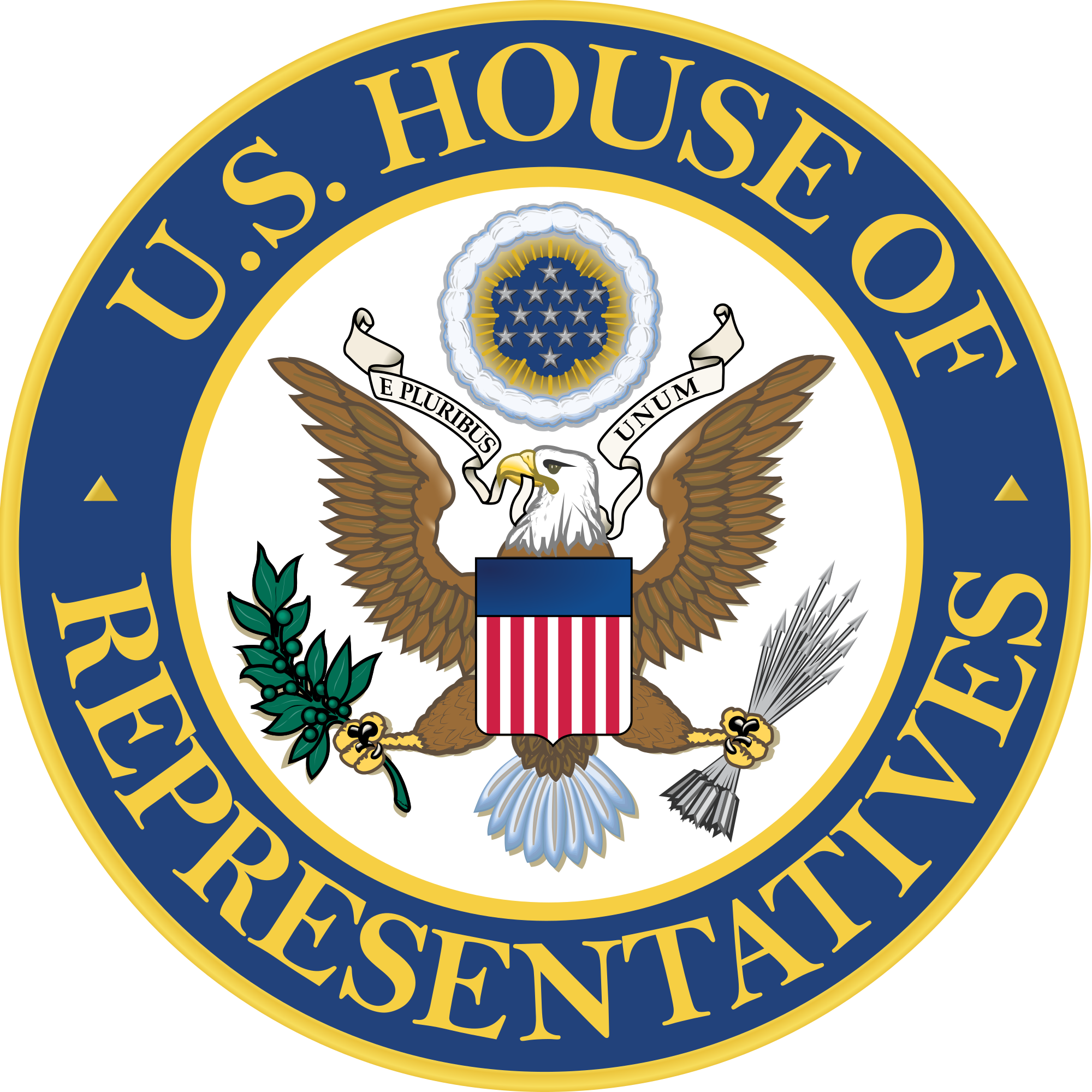
“The President’s Budget [pursues the Administration’s goals] in a cost-effective manner by proposing some shifts to prioritize critically important programs while remaining within the discretionary budget caps set by the Fiscal Responsibility Act,” Acting Secretary Su stated in her prepared statement.
Ms. Su’s prepared remarks are here, and Subcommittee Chair Robert Aderholt’s (R-AL) prepared remarks are here.
While she made no mention of OFCCP in her prepared remarks, she did specifically mention several other DOL agencies, including the Wage and Hour Division, the Occupational Safety and Health Administration, the Mine Safety and Health Administration, and the Employee Benefits Security Administration.
Speaking in the context of the Bureau of Labor Statistics (“BLS”) data collection, Su stated that the DOL “recognizes the need for expanded disaggregated data by race and ethnicity, as well as gender and other demographics in order to make informed decisions.” The BLS reports data to many different agencies inside and outside the DOL. Su noted that the BLS has “expanded available labor market indicators, including for the American Indian and Alaska Native; Native Hawaiian and Pacific Islander; and detailed Asian and Hispanic or Latino communities. Beginning in September 2022, BLS published data that includes key economic metrics, such as the unemployment rate, employment-population ratio, and the labor force participation rate for the Native Hawaiian and Pacific Islander community, and, in September 2023, began publishing monthly estimates of these metrics for detailed Asian groups. BLS also added labor force estimates for detailed Hispanic and Latino groups to its online database in October 2023.”
Friday, April 19, 2024: US EEOC Officially Published Controversial Final Regulations to Implement the Pregnant Workers Fairness Act
Regulations Take Effect on June 18, 2024
Commissioners’ Vote to Approve Final Rule was Along Party Lines

The new regulations will take effect on June 18, 2024, a little over a week short of the first anniversary of the statute’s June 27, 2023 effective date. However, on February 27, 2024, U.S. District Judge James Wesley Hendrix in the Northern District of Texas (Lubbock) blocked its enforcement in the state of Texas (see our story here).
The PWFA equates pregnancy with a disability for the first time by requiring a covered entity to provide reasonable accommodations to a qualified employee’s or applicant’s known limitation(s) related to, affected by, or arising out of pregnancy, childbirth, or related medical conditions, unless the accommodation will cause an undue hardship on the operation of the business of the covered entity. For additional background on the statute, see our stories here and here.
What are the Highlights?
The EEOC identified the following as highlights from the final regulation:
- Numerous examples throughout of reasonable accommodations such as additional breaks to drink water, eat, or use the restroom; a stool to sit on while working; time off for health care appointments; temporary reassignment; temporary suspension of certain job duties; telework; or time off to recover from childbirth or a miscarriage, among others.
- Guidance regarding limitations and medical conditions for which employees or applicants may seek reasonable accommodation, including lactation, miscarriage, stillbirth, having or choosing not to have an abortion, preeclampsia, gestational diabetes, and HELLP (hemolysis, elevated liver enzymes and low platelets syndrome). According to the agency, this guidance is based on Congress’s PWFA statutory language, the EEOC’s longstanding definition of “pregnancy, childbirth, and related medical conditions” from Title VII of the Civil Rights Act of 1964, and court decisions interpreting the term “pregnancy, childbirth, or related medical conditions” from Title VII.
- Guidance encouraging early and frequent communication between employers and workers to raise and resolve requests for reasonable accommodation in a timely manner.
- Clarification that an employer is not required to seek supporting documentation when an employee asks for a reasonable accommodation and may only do so when it is reasonable under the circumstances.
- Explanation of when an accommodation would impose an undue hardship on an employer and its business.
- Information on how employers may assert defenses or exemptions, including those based on religion, as early as possible in charge processing.
Other notable provisions include:
- The definition of “qualified individual” provides clarification as to who can perform the essential functions “in the near future.” If a worker is pregnant, the presumption is that she will be able to perform the essential functions “in the near future” generally within 40 weeks of the suspension of the job functions at issue. A request to indefinitely suspend an essential function will not be considered to be “in the near future.”
- An employer’s “unnecessary delay” in providing a reasonable accommodation will be considered an unlawful employment practice.
Roadmap to the Rule, its Preamble, & Interpretive Guidance (Appendix A)
Via the Final Rule, the EEOC amended its regulations to add a new section – Part 1636 – to its regulations located at Title 29, Chapter XIV of the Code of Federal Regulations (“CFR”). Thus, the citation for these new regulations will be 29 CFR Part 1636. The Federal Register Notice containing the Final Rule, which spans 125 pdf pages, also includes an Interpretive Guidance, attached as Appendix A to Part 1636 (pdf page 29189). The Preamble section of the Notice ends, and the text of the finalized regulations begins, here (pdf page 29182).
How We Got Here
On June 28, 2023, the day after the statute took effect, the EEOC submitted its proposed regulations to implement it for the White House’s Office of Management and Budget (“OMB”) to review. On August 11, 2023, the Commission published its Notice of Proposed Rulemaking (“NPRM”) in the Federal Register. The public comment period closed on October 10, 2023, with approximately 98,600 comments submitted. “Several of those comments were signed by multiple individuals; thus, the total number of comments was over 100,000,” the EEOC reported. The statute provided that the EEOC must issue finalized regulations to implement it by December 29, 2023. Two days before this statutory deadline, the EEOC submitted its finalized regulations to the OMB, but the OMB took over three months to approve them on April 4, 2024.
For more background, see our stories here, here, here, and here.
What Were the Changes Between the Proposed Version and the Final Rule?
The agency discussed the public comments, and its responses, including detailing the changes made to the finalized version, in the Preamble to the Final Rule beginning here.
Abortion Controversy
As to its inclusion of abortion in the definition of “pregnancy, childbirth, or related medical conditions,” the EEOC noted the approximately 54,000 public comments urging it to exclude abortion from that definition and the approximately 40,000 comments supporting its inclusion. According to the Commission, it did not exceed its authority in creating its list of potential “related medical conditions” that are or may be related to pregnancy or childbirth. Specifically, in the Preamble, the EEOC states:
“The list includes related medical conditions that courts and the Commission, in its Enforcement Guidance on Pregnancy Discrimination, have determined can, but are not always required to be, related medical conditions, as well as a non-exhaustive list of other conditions that, depending on the situation, can be related to pregnancy or childbirth. The list clearly states that it consists of examples that “are or may be” related medical conditions in a specific case. In each case, a determination that a medical condition is related to pregnancy or childbirth is fact-specific and contingent on whether the medical condition at issue is related to the pregnancy or childbirth of the specific employee in question. The Commission notes that regardless of whether pregnancy, childbirth, or related medical conditions are at issue, the provision of 42 U.S.C. 2000gg-5(a)(2) stating that nothing in the PWFA shall be construed “by regulation or otherwise, to require an employer-sponsored health plan to pay for or cover any particular item, procedure, or treatment” applies.” [citations omitted]
Commission Votes
The EEOC announcement on April 15 stated that the Final Rule was “approved by a majority vote of the Commission” on April 3, 2024. The following day, the OMB approved it. Bloomberg reported that “[t]he final regulations passed with a 3-2 vote on party lines, according to a source close to the agency.”
Currently, the Commission’s webpage listing how each Commissioner voted on specific items only runs through February 2024. However, our review of previous votes revealed that the two Republican Commissioners voted differently on the DRAFT Final Rule than they did on the proposed version of the Rule. On December 22, 2023, the Commission voted 3-2 to approve the “Draft Final Substantive Rule to Implement the PWFA.” The Democratic Commissioners all voted to approve while the Republicans disapproved. In contrast, when the Commission voted on the NPRM both on June 27, 2023 and on August 1, 2023, Andrea Lucas (R) joined Vice Chair Jocelyn Samuels (D) and Chair Charlotte Burrows (D) in approving it, while Keith Sonderling (R) abstained. Note that the EEOC submitted this NPRM to OMB on June 28, 2023, and published its NPRM in the Federal Register on August 11, 2023. Since Kalpana Kotagal (D) was not yet on the Commission (she was sworn in on August 9, 2023), the votes on the NPRM were both 3-0.
Commissioner Statements
Four of the five Commissioners issued statements on the Final Rule.
The Commission’s press release contained Chair Burrows’ take in support: “This final rule provides important information and guidance to help employers meet their responsibilities, and to jobseekers and employees about their rights. It encourages employers and employees to communicate early and often, allowing them to identify and resolve issues in a timely manner.”
Vice Chair Samuels’ statement in favor noted: “EEOC’s regulations provide comprehensive descriptions of the PWFA’s provisions, numerous real-world examples of how they apply, and needed clarity on the law’s requirements. The EEOC stands ready to assist employees and employers in understanding the PWFA and regulations to fully bring the promise of the law to life.”
Commissioner Kotagal’s statement said in part: “Consistent with legislative intent, the EEOC’s regulation advances the promise that pregnant and postpartum workers should not have to choose between their health and a paycheck. The Interpretive Guidance provides concrete examples that will bolster compliance, reaping benefits for employers and employees alike. I’m proud to support this regulation and will continue to promote meaningful enforcement of these hard-won rights.”
Commissioner Lucas’ summary of her full 16-page statement noted: “I support elements of the final rule. However, I was unable to approve it because it purports to broaden the scope of the statute in ways that, in my view, cannot reasonably be reconciled with the text. At a high level, the rule fundamentally errs in conflating pregnancy and childbirth accommodation with accommodation of the female sex, that is, female biology and reproduction. The Commission extends the new accommodation requirements to reach virtually every condition, circumstance, or procedure that relates to any aspect of the female reproductive system. And the results are paradoxical. Worse, the Commission chose not to structure the final rule in a manner that realistically allows for severability of its objectionable provisions from its reasonable and rational components.”
As of our WIR deadline, Commissioner Sonderling had not issued a statement regarding the Final Rule.
In Brief
Wednesday, April 17, 2024: Three COVID-19-Related Executive Orders Revoked
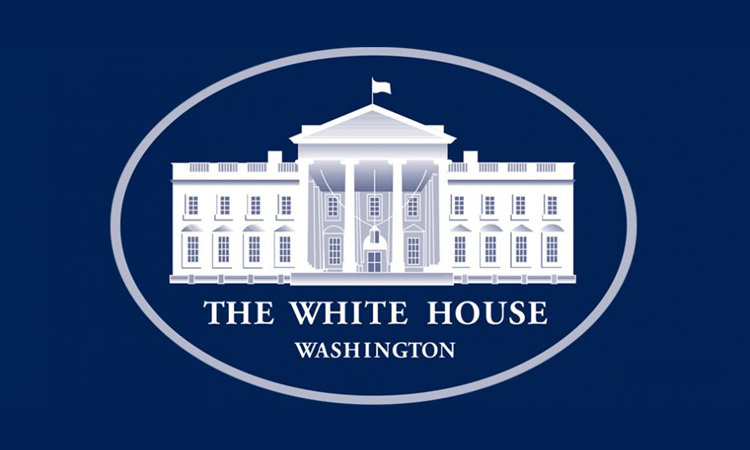
The new EO revoked:
Executive Order 13910 of March 23, 2020 (Preventing Hoarding of Health and Medical Resources to Respond to the Spread of COVID-19);
Executive Order 13991 of January 20, 2021 (Protecting the Federal Workforce and Requiring Mask-Wearing); and
Executive Order 13998 of January 21, 2021 (Promoting COVID-19 Safety in Domestic and International Travel).
As a result of the new EO, the Office of Personnel Management (“OPM”) plans to update the types of leave offered to federal workers related to COVID-19. For more information, see the OPM memo here.
Readers may recall that, in May 2023, President Biden issued E.O. 14099 (“Moving Beyond COVID-19 Vaccination Requirements for Federal Workers”) rescinding the vaccination requirement for federal employees and COVID-19 safety protocols for federal contractors. (See our story here).
Looking Ahead:
Upcoming Date Reminders
There are two NEW items added to our calendar this week:
November 2023: EEOC’s target date (now overdue) to publish its NPRM to amend its regulations on exemptions to certain recordkeeping and reporting requirements (RIN: 3046-AB28)
December 2023: U.S. OSHA’s current target date (now overdue) to publish its Final Rule on Occupational Exposure to COVID-19 in Healthcare Settings (RIN: 1218-AD36); On February 9, 2024, OSHA submitted its Final Rule to OMB for review and approval
March 11, 2024: Previous effective date of NLRB’s Final Rule on Standard for Determining Joint-Employer Status under the NLRA (per U.S. District Judge’s order previous February 26, 2024, effective date extended); On March 8, 2024, a U.S. District Judge vacated this Final Rule – stay tuned for further developments
March 2024: EEOC’s (now overdue) target date for proposal to amend its regulations regarding the electronic posting of the “Know Your Rights” Poster (RIN: 3046-AB29)
March 2024: U.S. NLRB’s (now overdue) target date for its Final Election Protection Rule (RIN: 3142-AA22)
April 23, 2024: Deadline for comments on OFCCP’s proposal to Resurrect, with Changes, Monthly Employment Utilization Report for Construction Contractors
NEW April 25, 2024 (2:00 pm – 3:00 pm ET): DE Masterclass Employment Law Roundtable | A Focus on Unlawful Discrimination of Transfers and Promotions
April 26, 2024: Comments due on OFCCP’s Proposed Changes to its Construction Compliance Review Scheduling Letter, Itemized Listing, and Construction Contract Award Notification Requirement Form
April 26, 2024: Comment deadline for US DOL VETS request to extend – without change – the Information Collection Requirement for its HIRE Vets Medallion Program
April 29, 2024: Responses due to OMB’s Request for Information on the responsible procurement of artificial intelligence in government
April 30, 2024: Deadline to apply for 2024 HIRE Vets Medallion Award – https://www.hirevets.gov
April 30, 2024: Opening Date for 2023 EEO-1 Survey Component 1 Data Collection
April 2024: U.S. DOL WHD’s current target date for its Final Rule on Defining and Delimiting the Exemptions for Executive, Administrative, Professional, Outside Sales, and Computer Employees (Overtime Rule) (RIN: 1235-AA39); On April 10, 2024, OMB approved the Final Rule, clearing the way for publication
May 13, 2024: Deadline for comments on US DOL’s Request for Information seeking public input on whether to revise the list of Schedule A job classifications that do not require permanent labor certifications to include occupations in Science, Technology, Engineering & Mathematics (“STEM”) & other non-STEM occupations; previous February 20, 2024 deadline extended
May 15, 2024 (11:00 – 5:30 EST): US DOL WHD online seminar on prevailing wage requirements for federally-funded construction projects; register here
May 2024: FAR Council’s target date for its Final Rule to Prohibit TikTok [or any successor application or service developed or provided by ByteDance Limited] on Federal Government Contractor Devices (RIN: 9000-AO58); the Interim Rule is here
June 4, 2024: Deadline for 2023 EEO-1 Survey Component 1 Data Collection
June 6, 2024 (11:00 – 11:45 am CDT): OFCCP webinar for federal contractors on its pre-complaint inquiry process for workers
NEW June 18, 2024: EEOC’s Final Rule to Implement the Pregnant Workers Fairness Act takes effect
July 1, 2024: OFCCP’s asserted “deadline” for covered federal Supply and Service contractors & subcontractors to certify, via OFCCP’s online Contractor Portal, that they have developed & maintained Affirmative Action Programs for each establishment or functional unit
August 29, 2024 (11:00 – 5:30 EST): US DOL WHD online seminar on prevailing wage requirements for federally-funded construction projects; register here
September 2024: OFCCP’s current target date for its Notice of Proposed Rulemaking to “Modernize” Supply & Service Contractor Regulations (RIN: 1250-AA13)
September 2024: OFCCP’s current target date for its Final Rule on “Technical Amendments” to Update Jurisdictional Thresholds & Remove Gender Assumptive Pronouns (RIN: 1250-AA16)
September 2024: EEOC’s anticipated date for amending its FOIA procedures to add fees for electronic disclosure of records (RIN: 3046-AB20).
September 2024: U.S. DOL WHD’s target date to publish an NPRM on “Employment of Workers With Disabilities Under Special Certificates” (Subminimum Wage Rule) (RIN: 1235-AA14)
May 21 – May 23, 2025: DEAMcon25 in Scottsdale, Arizona
THIS COLUMN IS MEANT TO ASSIST IN A GENERAL UNDERSTANDING OF THE CURRENT LAW AND PRACTICE RELATING TO OFCCP. IT IS NOT TO BE REGARDED AS LEGAL ADVICE. COMPANIES OR INDIVIDUALS WITH PARTICULAR QUESTIONS SHOULD SEEK ADVICE OF COUNSEL.
SUBSCRIBE.
Subscribe to receive alerts, news and updates on all things related to OFCCP compliance as it applies to federal contractors.
OFCCP Compliance Text Alerts
Get OFCCP compliance alerts on your cell phone. Text the word compliance to 18668693326 and confirm your subscription. Provider message and data rates may apply.

